News
Are you building a top Pro-Touring ride and trying to decide on the powerplant? Pro-Touring by definition means driveable, serious horsepower and looks great. Implied requirements for driveability are electronic fuel injection and a hydraulic roller cam that is not too crazy. These days, serious power means over 1,000 hp. If your ride is a GM, you are probably looking at either a Big Block Chevy or an LS with a power adder in either case. What are the points of differentiation and how do you pick the combination that works best for you?
LS versus Big Block
For both engines and power adders, you should get what you want if you have strong personal preferences and your situation permits. Size, weight, engine cooling and cost per horsepower favor the LS. Weight is a big factor in handling. If you have plans for events such as autocross, an LS is a better choice on weight alone. Throttle response and low-end torque favors the Big Block as the old saying holds true, "there is no replacement for displacement". That picture becomes complicated when power adders come into the mix.
Horsepower is generated by heat of combustion. Twice the horsepower means twice the cooling requirement. The primary source of engine cooling is air flow through the radiator. Custom grills limiting air flow, under-sized radiators & fans, poor shrouding and an over-stuffed engine compartment are recipes for overheating. During events like Hot Rod Magazine's Power Tour, the most common mechanical problem seen among participants is overheating and Big Blocks are over-represented in the mix. If you don't have enough space to adequately cool a Big Block, go with an LS. Aluminum aftermarket blocks are a means of shedding weight and improving cooling for both LS and Big Blocks.
The LS electronics puts off some people but if you are already done with carbs, it should be no big deal. Want an old-school look? Advantage Big Block.
Throttle response is always in play while driving. As such, throttle reponse is a major factor in owner satisfaction but there is no universal right or wrong for this metric in Pro-Touring. The perfect outcome is subjective. Complicating the selection is that the use of a power adder dramatically changes the outcomes relative to the comparison of naturally aspirated builds. Where naturally-aspirated (NA) Big Blocks really shine is with low-end power on motor alone. They are making a ton of torque from the get-go as can be seen in this comparative dyno chart for two engines with similar peak horsepower. The 555ci BBC crushes the 408ci LS on bottom-end torque. If your desired outcome is lighting up the tires at any RPM, the NA Big Block will make you happier than an NA LS.
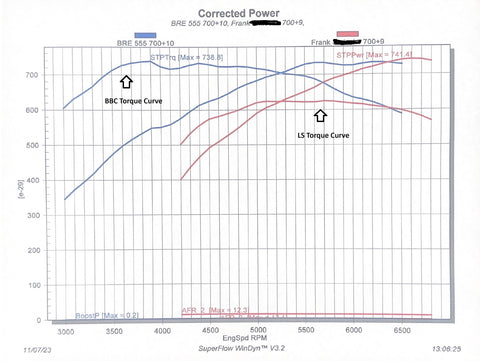
Power Adder Selection
The combination of driveability and more than 1,000 horsepower exceeds the range of naturally aspirated options. E85 is also eliminated as a dedicated fuel option due to its limited availability. Flex fuel can work well, but gasoline needs to be the primary fuel choice. Nitrous is not a popular option for Pro-Touring thereby leaving us with turbos and superchargers for boost running on pump gas.
Turbos can push up to 2,000 horsepower with hydraulic rollers lifters and a little help as needed with fuel and tune. If it’s big numbers you want, turbos are your ticket and you need read no further. Turbos do, however, have some baggage. Their issues are lag, installation cost, complexity and heat in the engine compartment. Turbos have their fan boys but the lack of throttle response at low rpm relative to superchargers is a big negative in the Pro-Touring arena. Insulation wrapping the turbo plumbing mitigates the heat issue but detracts from appearance. In general, more engine compartment space will allow a cleaner, simpler and a less expensive turbo system installation. The space issue therefore favors the LS as it is a smaller package better suited for tight quarters. Throttle response favors the Big Block with its higher displacement.
Superchargers come in two main flavors: twin screw (ex. Whipple) and centrifugal (ex. ProCharger). Being both driven off the crankshaft, they do not need to spool up like a turbo. Lag is therefore not an issue for these superchargers. Both are relatively simple installs. Whipples have self-contained liquid-to-air intercoolers which sit underneath the screws in the lifter valley. This makes Whipples the easiest to install. ProChargers usually run with air-to-air intercoolers which can be problematic due to their size. Liquid-to-air intercooler options are available for LS engines which mount in a clamshell intake manifold like the Holley Hi-Ram. ProChargers can be driven directly from the crankshaft or as part of the serpentine system in factory-direct accessory drives as shown in the photo below.
We strongly recommend use of effective intercoolers on boosted engines running gasoline regardless of power adder type.
Throttle response however is radically different between Whipples and ProChargers. Whipples produce high torque at low rpm. They also have an internal bypass which diverts the inlet air directly into the intake manifold under light throttle. On the road under normal driving conditions, the internal bypass will run the engine under vacuum thereby enhancing gas mileage and range. The driving experiences changes radically when you nail the gas pedal. The bypass slaps shut instantly sending manifold pressure from vacuum to boost. The result is truly explosive acceleration. You either need to exercise throttle control or install drive-by-wire with appropriate computer controls to smooth things out if you’d like to drive in a straight line.
Centrifugal superchargers increase boost proportional to RPM. Their torque curves are smooth and increase linearly with engine RPM. Throttle response is therefore more measured and precise than with either turbos or Whipples. ProChargers pair particularly well with Big Blocks as these engines already have high torque at low RPM.
This comparative dyno chart shows the torque curves for three LS engines of similar peak horsepower. The ProCharger torque curve is linear offering the most precise throttle response. The turbo is somewhat erratic as it spools up on the dyno. The Whipple has the highest low-end torque by a wide margin with its internal bypass open throughout the dyno pull. Racers with Whipples often lock the bypass open in order to get the smooth torque curve and the more linear throttle response shown on the dyno chart. Pro-Touring builds leave the bypass fully operable so that boost is only delivered on demand.
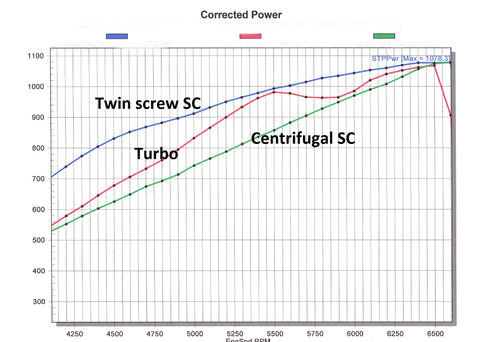
In short, there are circumstances that will favor the LS. No surprise as it is the most popular swap option. In many cases however, both the LS or Big Block can be an outstanding selection for a Pro-Touring powerplant when paired with either turbos(s) or a supercharger. The best choice for any individual will depend on personal preferences, planned driving style and vehicle installation specifics. Call us at 815-725-2727 to discuss your build plans and engine selection criteria.
Photo 1 - Cutaway Creations 2,000 hp Turbo LS C6 Vette

Photo 2 - Garaj Mahal's 1936 Pontiac rolling chassis with 1,100 hp Turbo LS
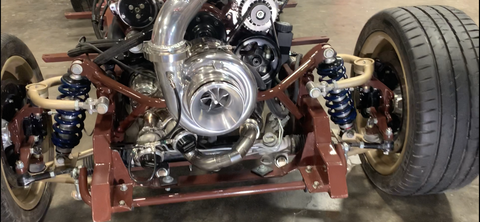
Photo 3 - Garaj Mahal's 1936 Pontiac as 2022 Ridler Great 8 Winner, Detroit Autorama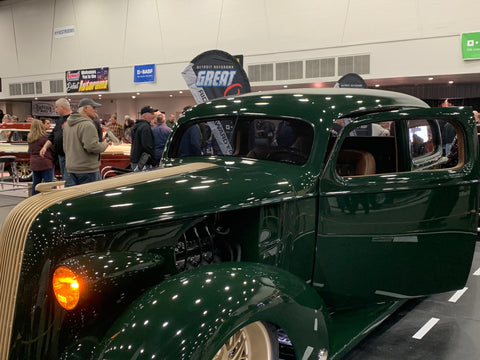
Photo 4 - 1,040 hp, 2.9L Whipple LS in Borowski Race Engines' El Camino
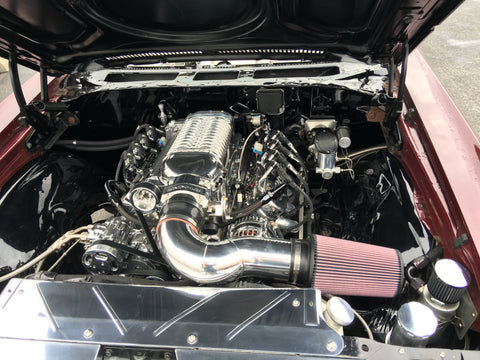
Photo 5 - Chevelle with BRE-built BBC next to El Camino on Power Tour 2015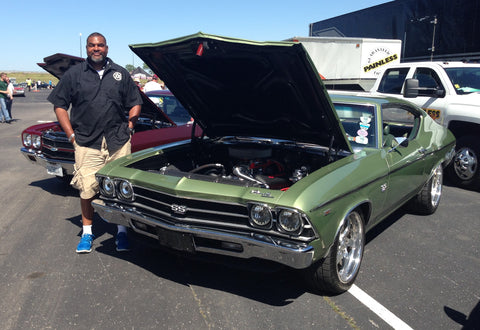
Photo 6 - Direct driven ProCharger on David Ankin's (ToyMakerz) LS
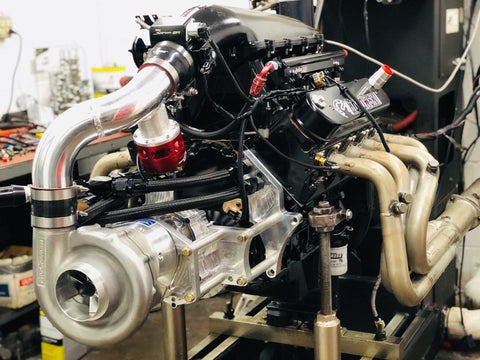
Photo 7 - Belt Driven D1-X ProCharged LS with Liquid-to-Air Intercooler

Photo 8 - ProCharger Accessory Drive for BBC
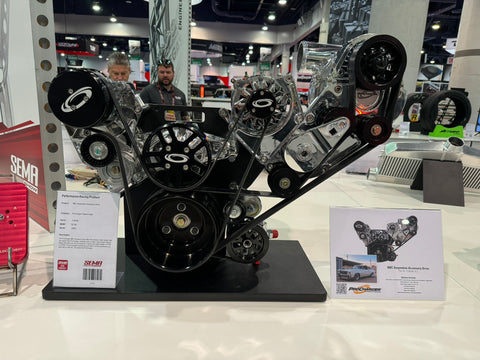
Product Types
Product Vendors
- Aeromotive
- Airflow Research
- All Pro Cylinder Heads
- ARP
- Borowski Race Engines
- Brodix
- BullsEye Power
- Callies
- CID
- Comp Cams
- Dailey Engineering
- Dart
- Daytona Sensor
- Diamond Pistons
- Emtron
- Energy Mfg
- FAST
- FuelTech
- GM
- Holley
- Hooker Headers
- Hughes Performance
- Manley
- Manton Pushrods
- Maxima Racing Oils
- Melling
- Moroso
- MSD Ignition
- ProCharger
- RacePak
- RHS
- Stef's Performance
- Trend
- Whipple
- View More View Less
